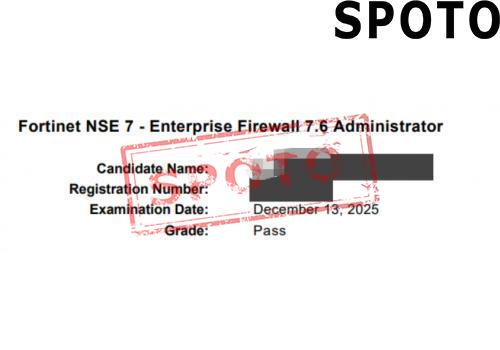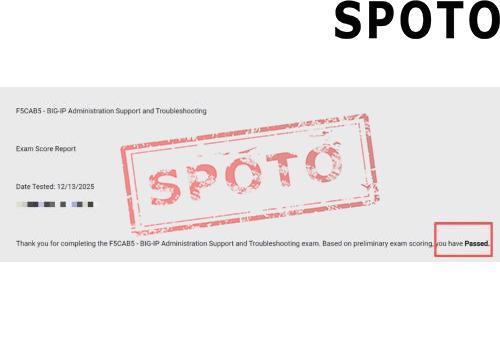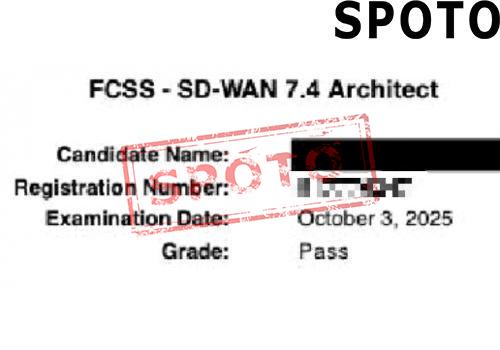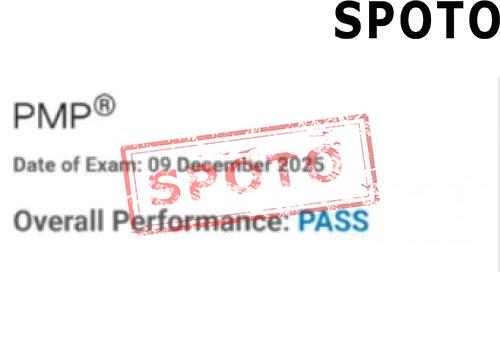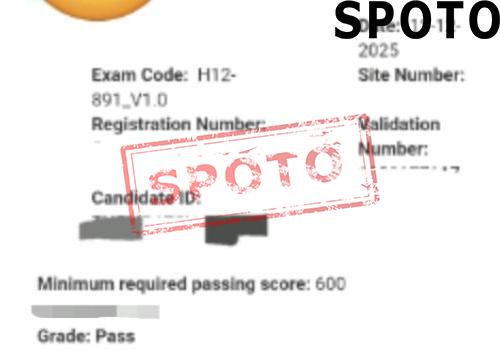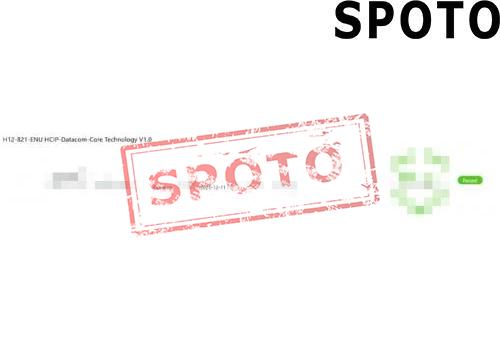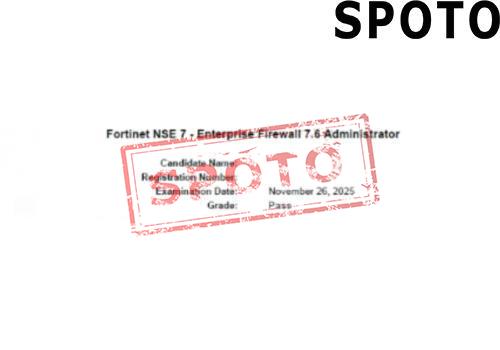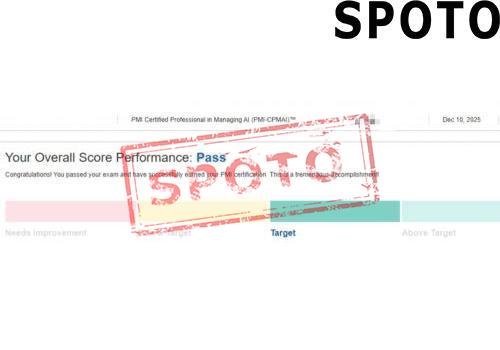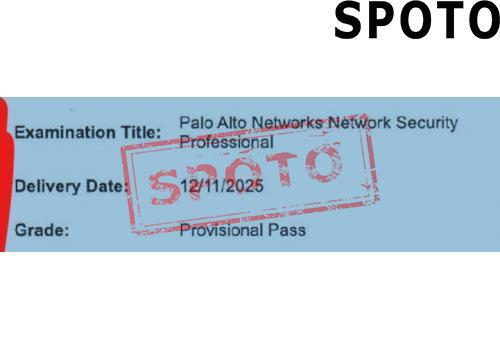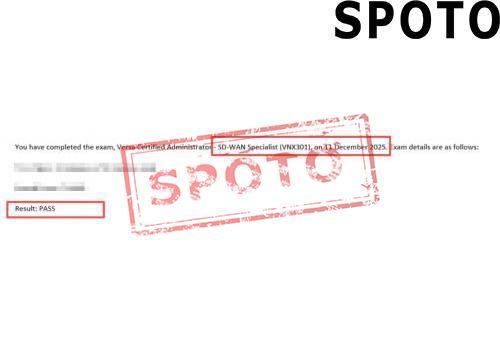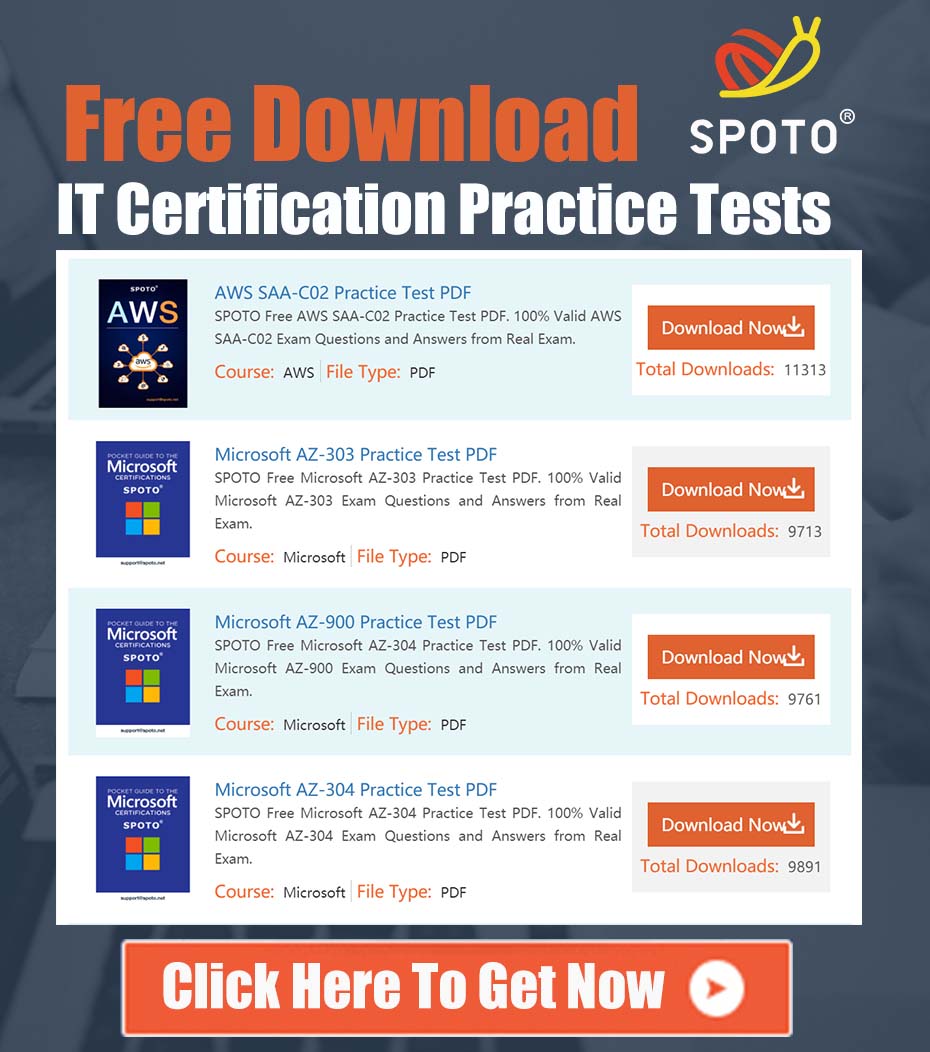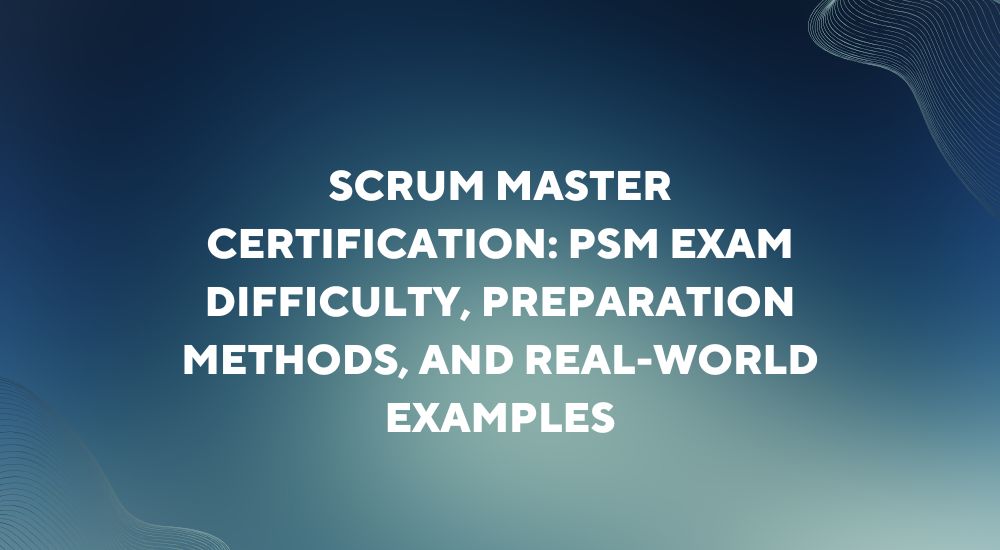
Table of Contents
1. What is a Scrum Master certification ?
The Scrum Master certification is an industry-recognized, authoritative certification that validates a professional's expertise in project management. More than just a certificate, the Scrum Master certification demonstrates mastery of the Agile Scrum framework. Among the many Scrum Master certifications available, we recommend the PSM certification. The PSM certification validates your ability to lead a team as a true servant-leader, facilitating Scrum activities (such as daily stand-ups and sprint meetings) and removing impediments to project success. By following a structured Scrum Master certification path, candidates can choose specific areas of work based on their career goals and industry needs, whether they are full-time or side hustles.
2. Who Should Get a Scrum Master Certification?
A PSM certification is not only essential for those aspiring to become a Scrum Master, but it can also significantly enhance the career development of a wide range of professionals. The PSM certification is ideal for professionals who want to deepen their Agile skills, improve team efficiency, and become a more valuable asset in project-driven organizations. If you meet the following criteria, we strongly recommend you consider obtaining the certification:
First, if you are pursuing careers such as project manager, software developer, tester, user experience designer, business analyst, product owner, team leader, or manager, this certification can provide a career boost. Second, if you are looking to pursue part-time work in Scrum Master-related fields, obtaining the PSM certification can provide additional income. Finally, if you are looking to further your skillset, you can stay relevant in today's rapidly changing technology world. Only by constantly updating your skills can you stay relevant.
3. Why Become a Scrum Master Certified?
What are the differences between the PSM II exam and the PSM I exam? First, PSM II is significantly more challenging. While the questions still revolve around the Scrum Guide, every word counts. PSM II questions are designed almost entirely for situations a Scrum Master needs to address and rely more heavily on "select the X best answers" type questions. Second, the answers to PSM I questions are generally clearly stated in the Scrum Guide. PSM II requires a deeper level of understanding and tests your ability to comprehend the information implied by a word or sentence in the Guide. PSM I questions encourage you to choose the correct answer.
4. Why get a PSM certification?
As the world evolves, the demand for Agile-related skills in the workplace is increasing. Almost every other industry is adopting Agile and Scrum, leading to a surge in demand for skilled Scrum Masters. Secondly, for those seeking promotion, a Scrum Master certification can be a ticket to leadership and high-paying positions. Finally, improving skills can bring both personal and team benefits. On the one hand, individuals can earn additional income through improved skills; on the other hand, this certification program combines the knowledge and tools to facilitate and maintain the operations of Scrum teams, leading to successful project completion.
5. How to prepare for the PSM certification?
The key to preparing for the PSM certification exam is a comprehensive understanding and flexible application of the Scrum Guide, not rote memorization of definitions. The best strategy for PSM exam preparation is "deep reading of the original text + scenario-based thinking + simulation practice," focusing on understanding and application.
First, you should thoroughly read the latest version of the Scrum Guide. It's recommended to read it multiple times and analyze its meaning from the perspectives of different roles (Scrum Master, Product Owner, Developer), paying particular attention to the connections between events, roles, artifacts, and their underlying principles. Second, practice frequently with official or third-party practice tests. For every incorrect answer, refer back to the Scrum Guide for support and avoid relying on experience or personal habits. In addition, it's recommended to study supplementary materials such as the Kanban Guide for Scrum Teams, the Nexus Guide (multi-team scenario), and the public assessment instructions on Scrum.org to prepare for the situational judgment and open-ended questions in PSM II/III.
For advanced levels, students should also accumulate real-world examples, such as how to guide and improve teams based on Scrum principles when encountering cross-functional conflicts, changing requirements, or process bottlenecks. As the exam approaches, students can conduct several full-scale simulations to adjust their pace and ensure accurate answers under time pressure.
Case Study: Effective PSM Exam Preparation for Working Professionals
Adam, a former software manager with over a decade of experience managing Agile teams, successfully passed the PSM I exam. To demonstrate his deep understanding of Scrum practices, he decided to pursue the more challenging PSM II (Professional Scrum Master II) certification. He ultimately passed with a 97% score, completing his preparation in just one week.
Adam set aside 1.5 to 2 hours each evening for self-study, repeatedly reviewing the latest version of the Scrum Guide and conducting role-play analysis for different roles (Scrum Master, Developer, and Product Owner). He also combined the Nexus Guide and the Kanban Guide for Scrum Teams to understand the application scenarios of multi-team collaboration and process optimization. He also used a practice test platform for frequent practice, taking screenshots of any questions he got wrong each day and referring back to the guide for the original text. To prepare for situational questions, he would construct complex real-world scenarios in his notes, such as unstable external dependencies, cross-team conflicts, and frequently changing requirements, and then simulate the best Scrum Master strategies for coping.
After seven days of intensive study, Adam passed the PSM II certification on the first try with a 97% score. After receiving his certification, he began providing weekend agile coaching services to several startups, guiding teams through Sprint Retrospectives, optimizing backlog grooming processes, and promoting transparent cross-departmental communication. Through a friend's introduction, he also landed a part-time position teaching a practical Scrum course at a training center, teaching only one evening a week and half a day on weekends.
Adam now earns an additional 12,000 yuan per month, which not only alleviates his family's financial burden but also provides him with valuable experience in business coaching. He plans to take on the PSM III exam in the future and gradually develop his part-time agile coaching business into a second career.
